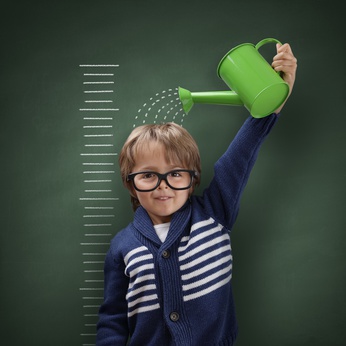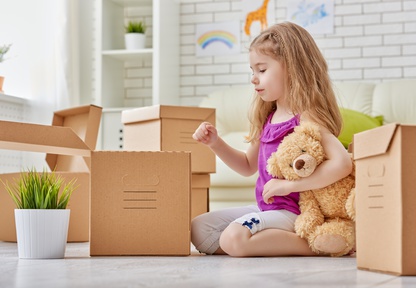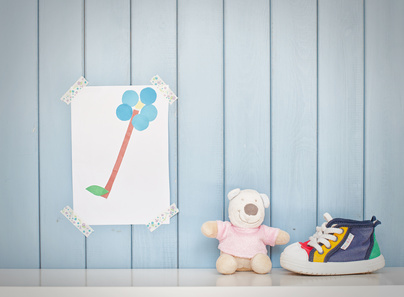How to Succeed at Storing Outgrown Baby Gear


Despite how small babies are, they generally require an incredibly large amount of gear. Changing tables, diaper genies, cribs, strollers, car seats, and playpens can take up an inordinate amount of space in your home, especially as your child ages and more furniture, toys, and accessories are required. Before long, it may be hard to remember what it’s like to have a nice, clean, normal house.
As your children grow up, you may be faced with the task of figuring out how to handle the unneeded baby gear that’s now limiting livable space. Organizing your unneeded baby equipment and de-cluttering is a great way to maximize the room you have available, but there’s still one big question that needs answering: what do you do with it?
Storing Vs. Selling
How you choose to handle your leftover baby furniture truly depends on what you have in mind for the future. While it may seem logical to donate unneeded items or sell them for a little extra cash, storing baby gear is often the best option. Second children need just as much as the first ones do, and even if you’re not planning on trying again for a while, it’s always better to keep what you might need rather than dumping it now and spending hundreds of dollars to buy more later.
If you’re sure your baby-having days are done, it still may be worth hanging on to your child’s old gear. There’s a good chance you’ll have friends or family members looking for baby accessories in the future, and anything that can save new parents money is usually a welcome addition. If you have nieces, cousins, siblings, or friends who may consider conceiving, box up your old baby gear and wait – eventually, someone close to you will need it!

Proper Storage for Baby Gear
If you choose to keep your old baby gear once your child outgrows it, proper storage is essential. As compelling as it might be to toss boxes at random in the attic, there are steps you should take to make future use easier.
First, make sure everything you plan to save is clean and in good condition. Babies have a tendency to be messy, and the last thing you want is to pull out a stored high chair only to find years old strained peas caked on the seat. Once you have cleaned and sanitized everything you plan to store, separate your possessions by age to facilitate ease of use. Store gear chronologically, with goods for older ages near the back and baby accessories near the front; if you have a second child, you’ll need access to your old changing table long before a toddler-sized bed. If you don’t have room in your home, consider a self storage unit instead. Costs to rent are often very low, and you can save everything you need without cluttering up your attic or basement.

Keepsakes Worth Saving
Even if you aren’t planning to save everything your baby used in her first few years of life, there are some things you may want to keep for sentimental reasons. Things like a first teddy bear, a favorite book, or early art projects may not have value to anyone else but will be items you treasure for years to come.
Take inventory of your child’s early possessions and select a few that are worth holding onto as keepsakes. These treasured possessions will keep the memory of her first moments alive long after she’s grown up, and as a parent, you may want these mementos to look back on when your little ones aren’t so little anymore. Smaller items can be saved in a baby book, and larger items, like stuffed animals and favorite toys, can be carefully boxed up and stored.
Babies need a lot to make it through the first years of life, and it’s easy to accumulate a lot of clutter when you have a child. Organizing and storing baby gear can help you make better use of the living areas in your home, creating room for the new toys and items that come with the next step of childhood. Whether you choose to keep everything your child used as an infant or are only interested in keepsakes, taking the right approach to storage can make all the difference.